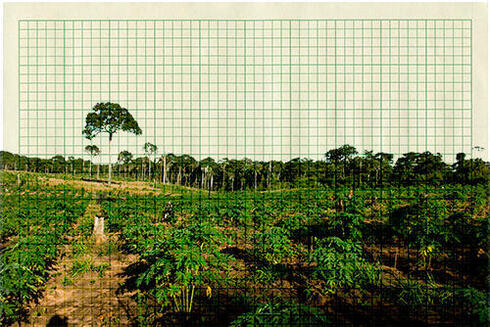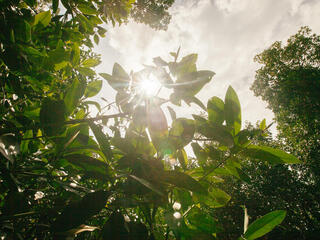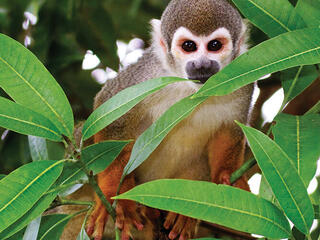Greater Good
“Nature-based solutions are often seen as just being about climate mitigation or offsets,” says Lucas Black, WWF vice president for climate finance. “But for us, they’re about a long-lasting relationship with a landscape or a seascape that addresses financing needs in their entirety and creates multiple benefits for people. Climate mitigation is just one of many benefits.”
Braña Varela agrees. “Serving people and nature is a central part of our work, along with climate impacts,” she says. “For example, we need to ensure that the frenzy around carbon markets doesn’t lead to a disregard for Indigenous rights.”
“We need long-lasting partnerships on the ground,” says Braña Varela, “with an eye to balancing the needs of nature, people, and climate. It’s the difference between measuring carbon only versus ensuring benefits are shared with local people, monitoring whether biodiversity is increasing, assessing the trade-offs, etc.”
“We have to also look at water provisioning and quality, soil health—we look at the benefits and risks in the entirety,” says Black. “It’s not just tons of carbon sequestered or avoided emissions, it’s greater good, valuing and protecting natural capital on the ground based in rigorous science and metrics.”
WWF’s Approach
In practice, WWF’s approach to nature-based solutions is holistic, landscape-based, and community-centered. Ensuring that interventions deliver real, lasting gains for nature and people requires
- deep engagement with local governments and communities
- concepts and plans that use the best science and metrics available
- clear, measurable goals that quantify impact
- forward-looking plans that ensure project interventions are self-sustaining and provide the intended benefits well into the future









